Tag: infection

China: Nearly 250 million people might be infected with COVID-19
According to a leaked government document that has been circulating on social media, it is estimated that up to 248 million people in China may have been infected with COVID-19 since control measures were lifted. This... read more
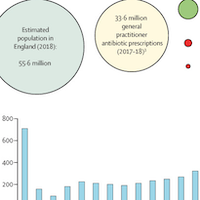
Clarifying the Fictions Surrounding Sepsis: Strategies for Improved Management and Outcomes
It is important to clarify the myths surrounding sepsis and to provide a clear understanding of the condition. This can help set realistic expectations about outcomes and inform effective strategies for managing sepsis, including... read more

Algorithm that Detects Sepsis Cut Deaths by 18%
Hospital patients are at risk of a number of life-threatening complications, especially sepsis—a condition that can kill within hours and contributes to one out of three in-hospital deaths in the U.S. Overworked doctors... read more
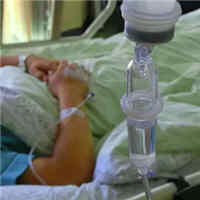
Septic Shock Developing Later During Hospital Stay Associated with Higher Mortality
In-hospital mortality continued to rise as admission-shock-onset-time increased in patients with septic shock. No clear dichotomization between early and late septic shock could be ascertained, and this categorization may... read more

Care Step Pathway an Effective Tool For Clinicians Caring for Mechanical Ventilated COVID-19 Patients
The Care Step Pathway (CSP) described in this article was developed to increase awareness of the potential association of SARS-CoV-2 infection with invasive fungal infections, particularly pulmonary aspergillosis. The... read more

Co-infection and ICU-acquired Infection in COVID-19 ICU Patients
In patients with severe COVID-19 in the first wave, co-infection at admission to ICU was relatively rare but antibiotic use was in substantial excess to that indication. ICU-AI were common and were significantly associated... read more

Trauma, Eighth Edition
Hailed by readers and reviewers for its expert authorship and high-yield clinical content, Trauma is unquestionably the field's definitive text. Enhanced by a full-color design and a high-quality atlas of anatomic drawings... read more
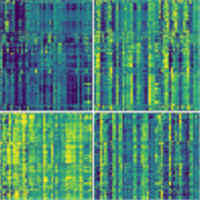
Postoperative Sepsis Infection Can Be Identified Using Gene Expression Signatures
Host biomarker signatures may be able to identify postoperative infection or sepsis up to three days in advance of clinical recognition. If validated in future studies, these signatures offer potential diagnostic utility... read more

Public Sepsis Awareness Campaigns Should Be Created Based on Local Data
Although public knowledge of sepsis and its mortality is generally low, some countries have high awareness and knowledge, and as such, any public awareness campaigns should be created based on local data. This will also... read more

Feelings of Strangeness in ICU Patients
After several weeks in the intensive care unit (ICU) following a lung infection, Mr Pol wakes up from a coma and gradually becomes aware of his situation. The healthcare team rejoice in the successful outcome of his extubation:... read more

Evolving Crisis Standards of Care and Ongoing Lessons from COVID-19
Crisis Standards of Care (CSC) inform decisions on medical care during a large-scale crisis such as a pandemic or natural disaster, eliminating the need to make these decisions at the bedside without protections or guidance.... read more
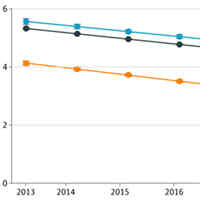
Temporal Trends and Hospital Variation in Time-to-Antibiotics Among Veterans Hospitalized with Sepsis
This cohort study across nationwide VA hospitals found that time-to-antibiotics for sepsis has declined over time. However, there remains significant variability in time-to-antibiotics not explained by patient characteristics,... read more
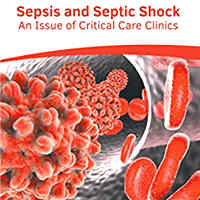
Sepsis and Septic Shock: An Issue of Critical Care Clinics
Shock is caused by the decreased flow of blood to the body tissues due to circulatory system related problems. Sepsis refers to a life-threatening condition where the body causes injury to its own organs and tissues in response... read more
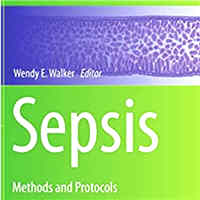
Sepsis: Methods and Protocols
This detailed volume presents a variety of animal models that are commonly used to study sepsis and some key procedures to measure specific disease outcomes. The chapters describe well-established surgical and nonsurgical... read more




